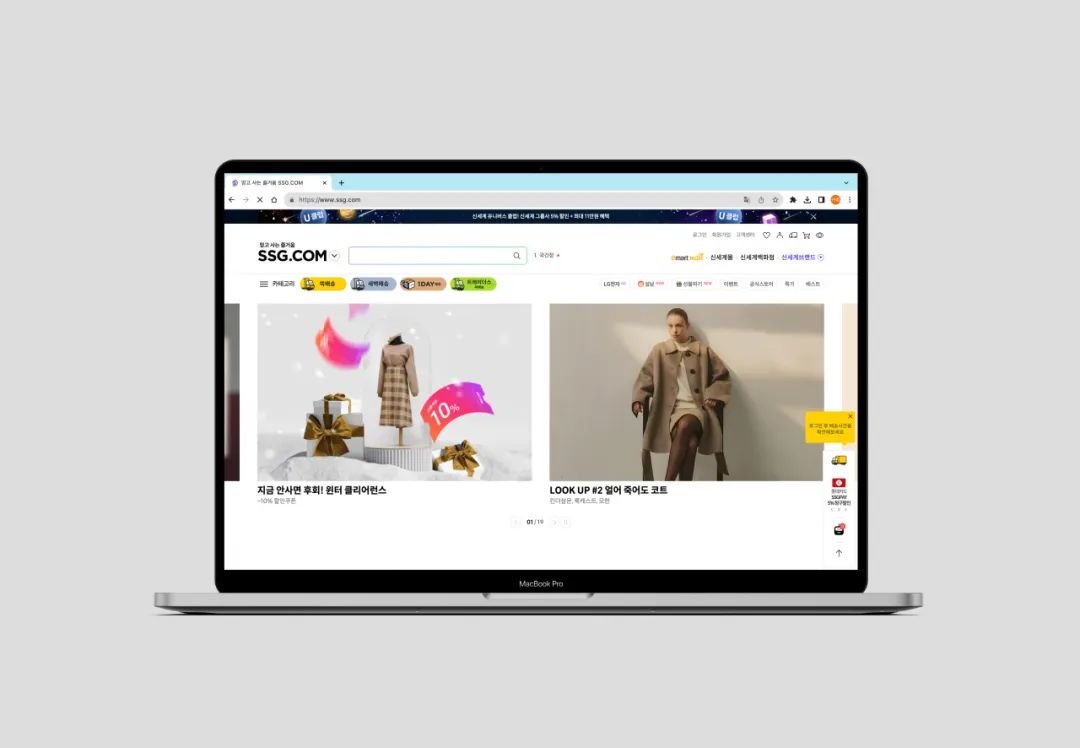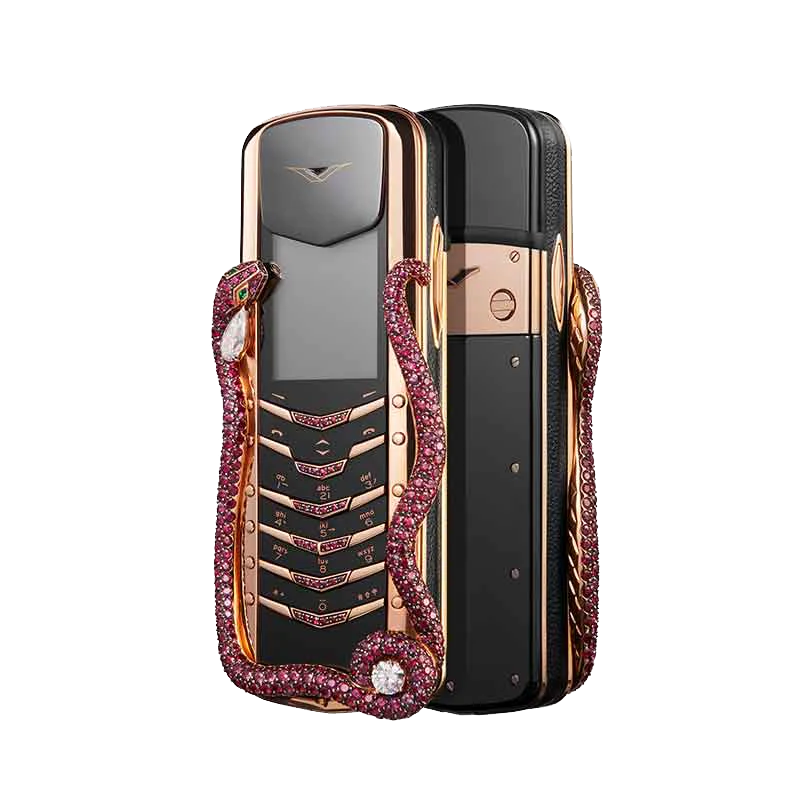Luxury e-commerce, once regarded as a sunrise industry, is at a crossroads of fate. As one of the leading companies in this field, Farfetch fell into a financial crisis at the end of last year and was eventually acquired by Coupang, known as the “South Korea Amazon”, rescuing the life-threatening luxury e-commerce giant.
The transaction amount is actually not high, Coupang only provide $0.5 billion as emergency funds to protect the near bankruptcy. However, in addition to the Farfetch’s own financial situation, there is also the Coupang that symbolizes the South Korea e-commerce market. For the latter, what does the acquisition Farfetch mean? How is the development of the South Korea luxury consumer market? And what is the current situation of South Korea local luxury e-commerce?

Image source: Phrasee

The three-year outbreak is the main reason for the rapid growth of luxury e-commerce in South Korea.
The South Korea personal luxury consumer market has seen rapid growth in the wake of the epidemic, with the South Korea luxury market reaching $5.8 billion in 2022, making it one of the world’s top 10, according to KPMG. Since 2018, the South Korea personal luxury market has grown by 30%, and Morgan Stanley analyst Edouard Aubin estimates that South Korea has caught up with Japan as a proportion of total global personal luxury spending. According to data from the South Korea Customs Office, South Korea luxury goods imports recorded 0.8 billion won in 2022, and imports have increased by more than 200 percent in the past four years.
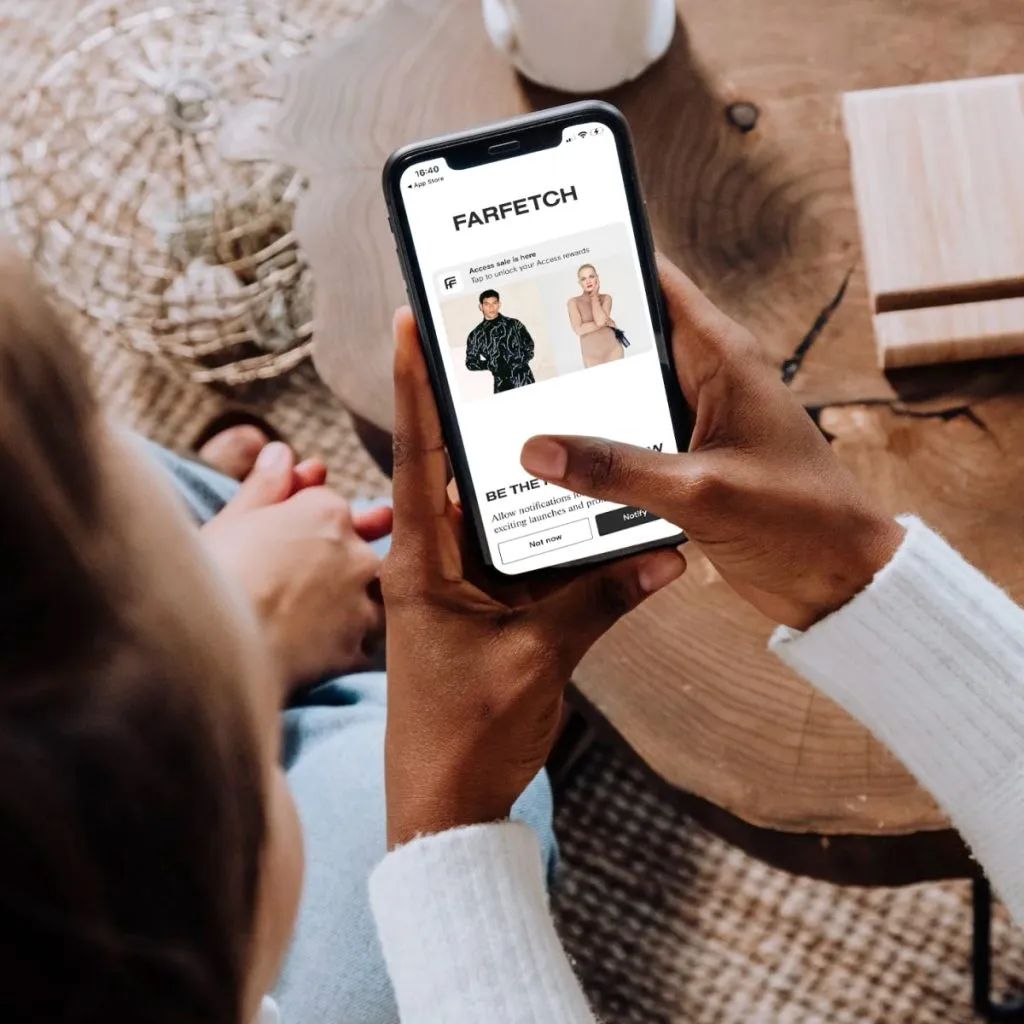
Photo by: Gucci
In the past two years, we have also witnessed that luxury brands continue to tilt their focus to the South Korea market. At the same time, K-Pop idol stars have become the most vocal marketing faces in the fashion industry. Major brands have also taken South Korea as a show destination and tried many retail transformation plans.

Image source: NewJeans Global
The three-year epidemic not only stimulated the South Korea’s luxury consumption potential, but also contributed to the outbreak of the South Korea online luxury market, the proportion of its online sales during this period climbed to 22%, second only to luxury physical store sales.
As early as 2021, the turnover of Balaan, a luxury fashion e-commerce platform, reached the turnover of the 2020 year in November of that year, recording 57.2 billion won. Trenbe, another luxury shopping platform, also achieved a turnover of more than 50 billion won that month.
Balaan, Must’it and Trenbe, the three luxury e-commerce companies, have also repeatedly received different levels of investment during this period. For example, Balaan successfully attracted round C financing of 25 billion won in April 2023, with a cumulative financing of 73.5 billion won. Must’it completed round B financing of 8 billion won in February 2023, with a cumulative financing of 13.5 billion won. Trenbe has achieved a total of 1 trillion won in five years.
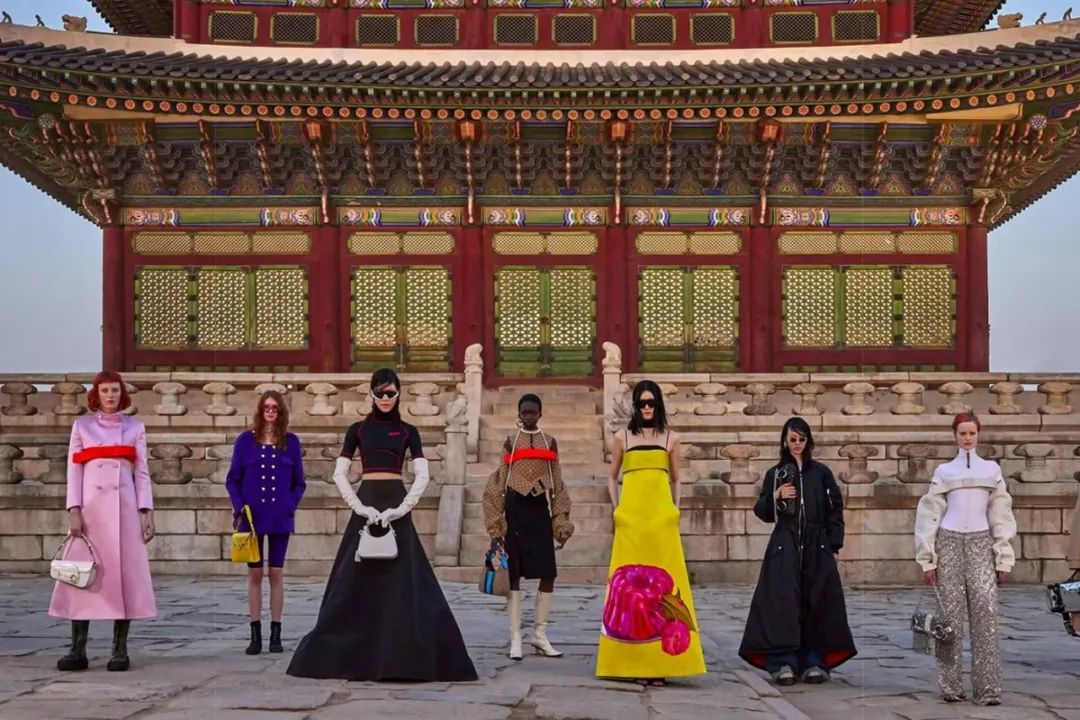
Image source: WOWTALE
Professor Li Enxi, a professor of consumer science at Renhe University in South Korea, pointed out that the network platform allows consumers to compare products of different brands at the same time, breaking through the restriction that physical stores can only see some products, which has attracted many consumers to choose online channels. More importantly, of course, the three-year closure of the epidemic has spawned this economic boom.
South Korea luxury e-commerce in 2021 almost reached the peak of the past decade. According to Euromoniotr data, the South Korea luxury market in 2021 has reached 15.9 trillion won, ranking behind Japan and China in Asia, with 1.7 trillion won of transactions completed online.

>#
Love to buy luxury goods is not just can not afford to buy a house South Korea young people
>>
Shinsegae, the South Korea’s largest luxury store brand, points out that South Korea’s MZ generation (people born between 1981 and 2010) will contribute 40% of its revenue in 2021. It should be noted that there are some differences between the South Korea market’s division of the MZ generation and the mainstream consumers of luxury goods that we regular understand.
The South Korea MZ generation is facing the real dilemma of high housing prices, high prices and fewer development opportunities. Therefore, the self-deprecating culture and Flex show-off culture have emerged among them. Coupled with the Korean people’s extreme emphasis on appearance and image, it has prompted young people to transfer most of their consumption from buying houses and other fields to luxury consumption.

Image source: Bekorean
It is with the help of MZ generation’s strong online luxury spending that Balaan, a South Korea luxury e-commerce company, has achieved revenue of 52.2 billion won in 2021. Balaan’s transaction volume in the first half of 2022 surged fivefold over the same period last year, recording 381.2 billion won.
About 70% of the big three, Balaan, Trenbe and Must’it, have customers aged 30 and under, according to Open Survey, a South Korea online survey company. South Korea authoritative media “Culture Daily” (Munhwa) reported that the MZ generation, which likes to show off its financial resources, is the main consumer of luxury goods.
In South Korea, the post-80s and post-90s are collectively referred to as the MZ generation, mainly because people born in these two eras have similar mentalities, values and consumption habits, and people in these two periods have accumulated a certain amount of financial resources. Significant purchasing power and consumption desire. The South Korea Times reported that the most extensive characteristics of the MZ generation are: dare to consume, digital natives, focus on self-care, brand awareness and caring art. This mentality obviously makes them the favorite crowd of luxury goods.

Photo by The Korea Times
But the South Korea luxury consumption boom is not just happening in the MZ group. According to the South Korea Central Daily News, the proportion of 50-and 60-year-olds buying luxury goods online increased rapidly during the epidemic. The luxury consumption trend report released by Rakuten also pointed out that in 2021, luxury consumers in their 50 s will increase by 62.8 year-on-year, second only to those in their 20 s.
Data released by Must’it, another South Korea mainstream luxury e-commerce platform, shows that the 40-year-old and 50-year-old groups are more likely to rise as luxury consumers than the MZ younger generation. This trend is mainly caused by the widening gap between the rich and the poor after the epidemic, and South Korea are also experiencing a similar two-tier consumption, with the income levels of the high-income class rising sharply, and brands attracting this group of very rich people through rising prices.

> South Korea e-commerce market is also facing the problem of returning to offline and fake goods
At present, the South Korea luxury e-commerce platforms are mainly dominated by Must’it, Trenbe and Balaan. With the rise of e-commerce platforms such as Naver Shopping and Kakao, and the addition of new players such as Amazon and Alibaba, the competition is becoming more and more fierce.
In addition to the three platforms, some latecomer companies are also gaining momentum. For example, Jente, which was established in 2020, achieved sales of 17.1 billion won in the first half of 2022. The Catch Fashion, which opened in 2019, saw 157 percent year-over-year new subscriber growth in the first half of 2022, clearly benefiting from the tremendous opportunities presented by the overall market growth. In addition, physical luxury retailers such as Hanwha and Shinsegae will also enter the online market in 2022. Shinsegae Group has expanded the sales scope of luxury goods through ssg.com and signed official cooperation agreements with luxury brands to ensure the genuine goods of luxury goods.
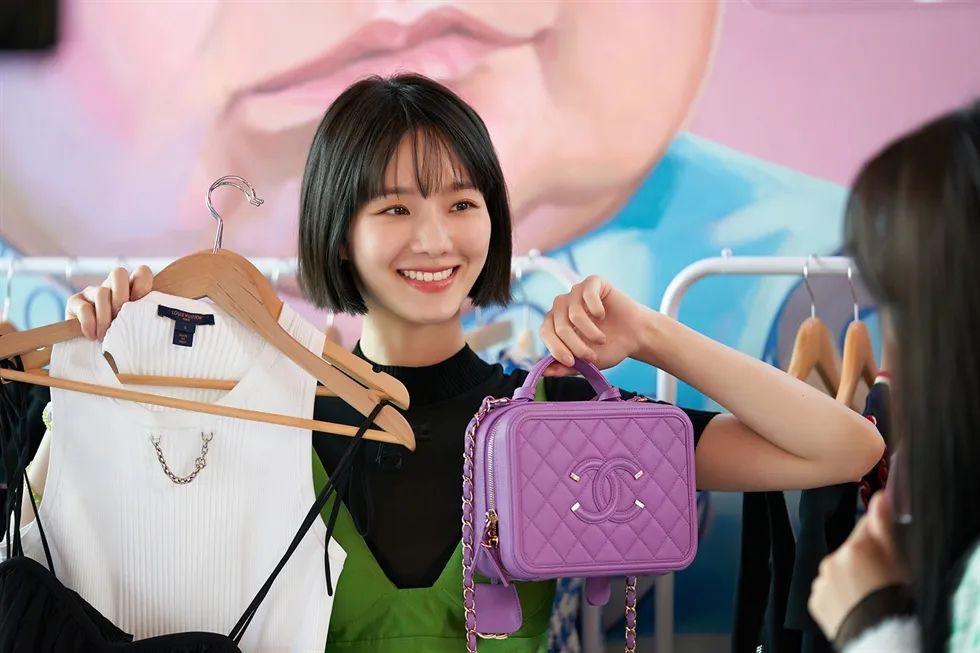
Image source: ssg.com
South Korea overall e-commerce market is dominated by Coupang and Naver. For Coupang, the acquisition Farfetch can make up for the global business and luxury business that the platform did not have. Senior retail analysts also pointed out that Coupang does not want to use the acquisition Farfetch to enter the European market, but focuses on the in-depth development of the local market. This means that the competition South Korea local luxury e-commerce will further intensify, but is the development prospect of South Korea luxury e-commerce really so bright?
The reason for the Farfetch fiasco is related to the logic of the operation of luxury goods. Three years of the epidemic has given global luxury e-commerce an opportunity, but it does not mean that the trend can continue. Farfetch, since the second quarter of 2023, the total transaction volume of goods has repeatedly declined-the reason behind this is that luxury consumption has returned to the offline, and this trend has also occurred in South Korea.
According to data from Wiseapp, a smartphone app user analysis agency, in January 2023, the number of monthly active users of the South Korea’s four major luxury trading platforms (Balaan, Must’it, OKmall and Trenbe) fell 33% from the same period last year.

Photo by The Newyork Times
In addition to the return of luxury consumers to offline, South Korea luxury e-commerce is also facing the problem of fake goods. Naver’s resale platform Kream was in crisis when users sold fake Fear of God. On the other hand, there are the service and logistics problems of luxury e-commerce, especially the service. For many luxury consumption, the one-to-one service and VIP salons provided by physical stores are hard to make up for by luxury e-commerce, as well as the recent moves by luxury brands to hold big shows to please local VIP customers in major luxury consumption countries, and the trend of luxury consumption increasingly focusing on high net worth customers rather than entry-level customers, all of which are pulling consumption back to offline.
Whether it is the Farfetch fiasco, or the South Korea luxury e-commerce began to fall after reaching the peak, the root of the problem lies in the consumption logic of luxury goods. this will also test whether the major platforms that are still making efforts can find an effective and irreplaceable solution at the levels that the luxury industry is not good at, such as technological innovation and data operation.
(Source: Vogue Business)
